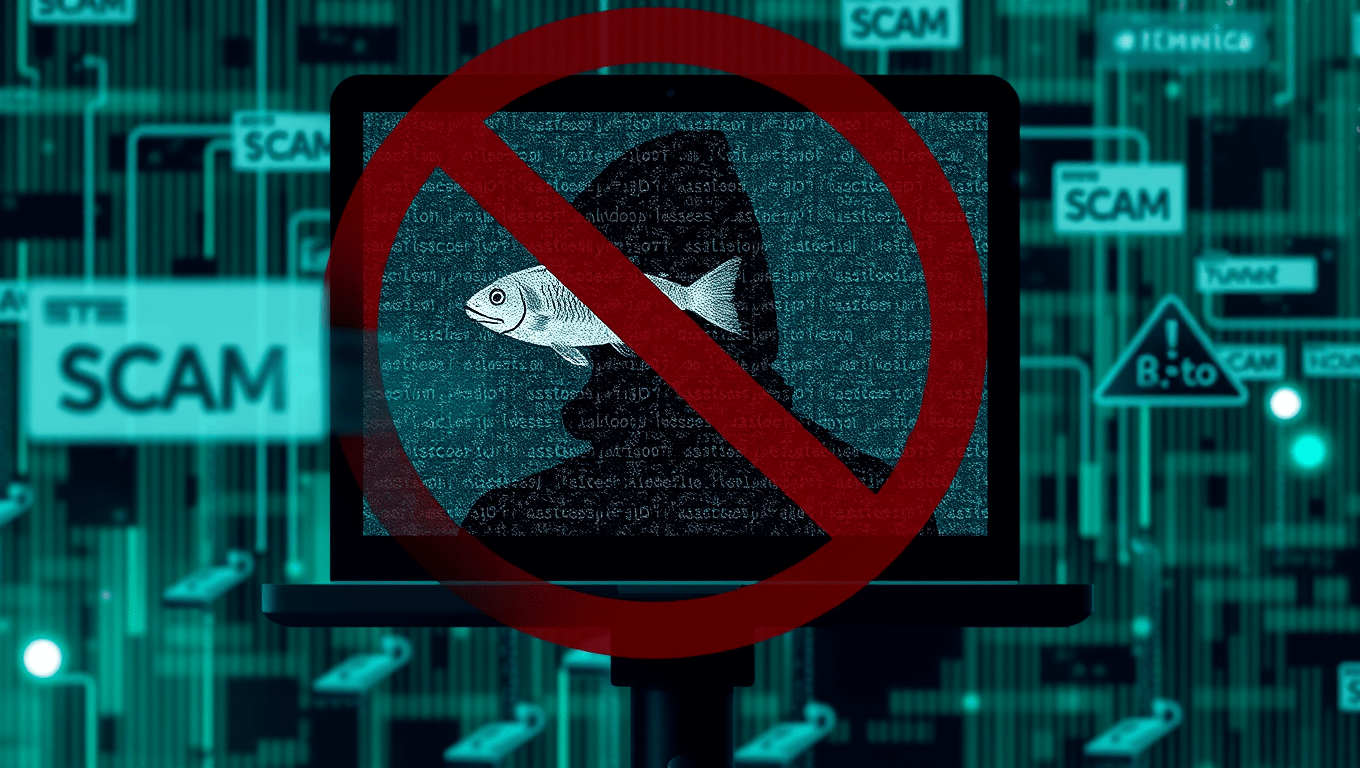Understanding Phishing:
Phishing is a common form of cybercrime where attackers impersonate legitimate organizations to trick individuals into revealing personal information, such as usernames, passwords, and credit card numbers. This post will help you understand the different types of phishing scams, how to recognize them, and effective strategies to avoid falling victim.
What is Phishing?
Phishing attacks typically come in the form of emails, messages, or phone calls. Attackers exploit trust, urgency, and fear to manipulate victims into taking actions that compromise their security. These scams can lead to identity theft, financial loss, and data breaches.
Types of Phishing Attacks
Understanding the various types of phishing attacks can help you better recognize and avoid them.
1. Email Phishing
This is the most common form of phishing, where attackers send emails that appear to be from reputable sources, such as banks or popular online services. These emails often contain malicious links or attachments.
Example: An email claiming to be from your bank requests that you verify your account information by clicking a link.
2. Spear Phishing
Spear phishing targets specific individuals or organizations. Attackers personalize their messages to make them more convincing, often using information gathered from social media or previous interactions.
Example: An email addressed to you, using your name and job title, requesting sensitive information.
3. Whaling
Whaling is a type of spear phishing that targets high-profile individuals, such as executives or important figures within an organization. Attackers often pose as trusted colleagues or business partners.
Example: An email that appears to come from a company CEO asking an employee to transfer funds or share confidential information.
4. Smishing and Vishing
- Smishing refers to phishing attacks conducted via SMS (text messages). Attackers send fraudulent messages prompting users to click on links or provide personal information.
- Vishing involves voice calls. Attackers impersonate legitimate entities over the phone to solicit personal data.
Example: A text message claiming you’ve won a prize but need to provide personal details to claim it.
How to Recognize Phishing Attempts
Being able to identify phishing attempts is crucial in protecting yourself. Here are some common red flags:
1. Generic Greetings
Phishing emails often use generic greetings like “Dear Customer” instead of addressing you by name.
2. Urgent Language
Phishing messages create a sense of urgency, encouraging you to act quickly without thinking. Phrases like “Immediate Action Required” or “Your Account Will Be Suspended” are typical.
3. Suspicious Links
Hover over links before clicking to see the actual URL. If it looks suspicious or doesn’t match the legitimate website, do not click on it.
4. Poor Grammar and Spelling
Many phishing emails contain grammatical errors or misspellings. Legitimate organizations usually have strict quality control for their communications.
5. Unfamiliar Sender Addresses
Always check the sender’s email address. Phishing attempts often come from addresses that mimic legitimate ones but may have slight variations or additional characters.
How to Avoid Phishing Scams
Here are practical steps to protect yourself from phishing scams:
1. Use Security Software
Install reputable security software on your devices to detect and block phishing attempts. Make sure to keep it updated regularly.
2. Enable Two-Factor Authentication (2FA)
Two-factor authentication adds an extra layer of security by requiring a second form of verification (such as a text message code) in addition to your password.
3. Be Cautious with Emails and Links
- Do not click on links or download attachments from unknown or suspicious emails.
- If you receive an email that seems suspicious but appears to be from a trusted source, verify its authenticity by contacting the organization directly using a known phone number or website.
4. Educate Yourself and Others
Stay informed about the latest phishing techniques and educate friends and family members about how to recognize and avoid them.
- Consider visiting websites like the Federal Trade Commission (FTC) for more information on recognizing and reporting phishing scams: FTC Phishing Information.
What to Do If You Fall Victim
If you suspect you’ve been targeted or have fallen victim to a phishing scam, take immediate action:
1. Change Your Passwords
Change passwords for affected accounts and any other accounts that may use the same password. Use strong, unique passwords for each account.
2. Monitor Your Accounts
Keep an eye on your bank statements, credit card activity, and online accounts for unauthorized transactions or suspicious activity.
3. Report the Scam
Report the phishing attempt to the appropriate authorities:
- Email Phishing: Forward the email to the Anti-Phishing Working Group at reportphishing@apwg.org.
- Phone Scams: Report to the Federal Trade Commission (FTC) at FTC Complaint Assistant.
Conclusion
Phishing is a prevalent and evolving threat, but by staying informed and vigilant, you can protect yourself and your personal information. Recognize the signs of phishing, adopt preventive measures, and act quickly if you find yourself targeted. Awareness and education are your best defenses against phishing scams.
Tags:
#PhishingScams, #CybersecurityAwareness, #OnlineSafety, #IdentityTheftProtection, #ScamPrevention



